Adult Straight Prong High Flow Nasal Cannula
About Adult Straight Prong High Flow Nasal Cannula
Supplemental oxygen therapy is one of the more commonly prescribed interventions used by clinicians when caring for hypoxic patients acutely. This supplementation often takes the form of the low-flow nasal cannula (LFNC). However, there are limitations to this supplemental oxygen intervention. A traditional nasal cannula can only effectively provide only up to 4 to 6 liters per minute of supplemental oxygen. This equates to a FiO2 of approximately 0.37 to 0.45. Above this number, nasal mucosal irritation occurs with the drying of the passages, and there is, therefore, an increased potential for bleeding with prolonged use. In low-flow nasal cannula therapy, FiO2 delivery is directly tied to flow rate. For increased FiO2, the rate must be increased. The low-flow nasal cannula is an open system of supplementation with high levels of leaking air around the oxygen source. As such, the efficacy of treatment for the low-flow nasal cannula is limited. High-flow nasal cannula (HFNC) therapy is an oxygen supply system capable of delivering up to 100% humidified and heated oxygen at a flow rate of up to 60 liters per minute. All settings are controlled independently allowing for greater confidence in the delivery of supplemental oxygen as well as better outcomes when used. In addition to greater control over the delivery of FiO2, there are several benefits to using a high-flow nasal cannula. The physiological mechanism of action and uses for high-flow nasal cannula are explored. This activity reviews the use of a high flow nasal cannula and the role of the interprofessional team in evaluating and monitoring patients receiving high flow oxygen.
Objectives:
- Describe the limitations to low-flow nasal cannula use.
- Identify the advantages of high-flow nasal cannula use.
- Review the physiological mechanism of action and the use of high-flow use of a nasal cannula.
- Outline the use of a high flow nasal cannula and the role of the interprofessional team in evaluating and monitoring patients receiving high flow oxyge
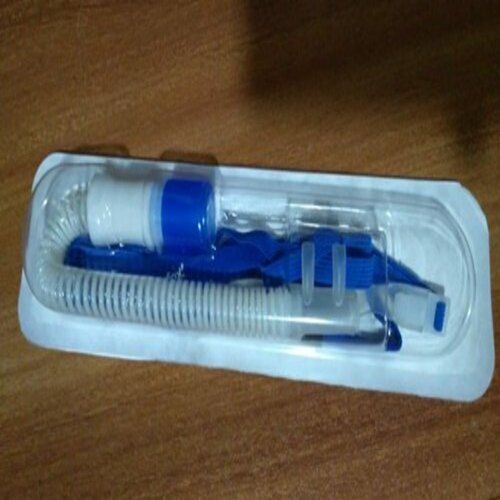
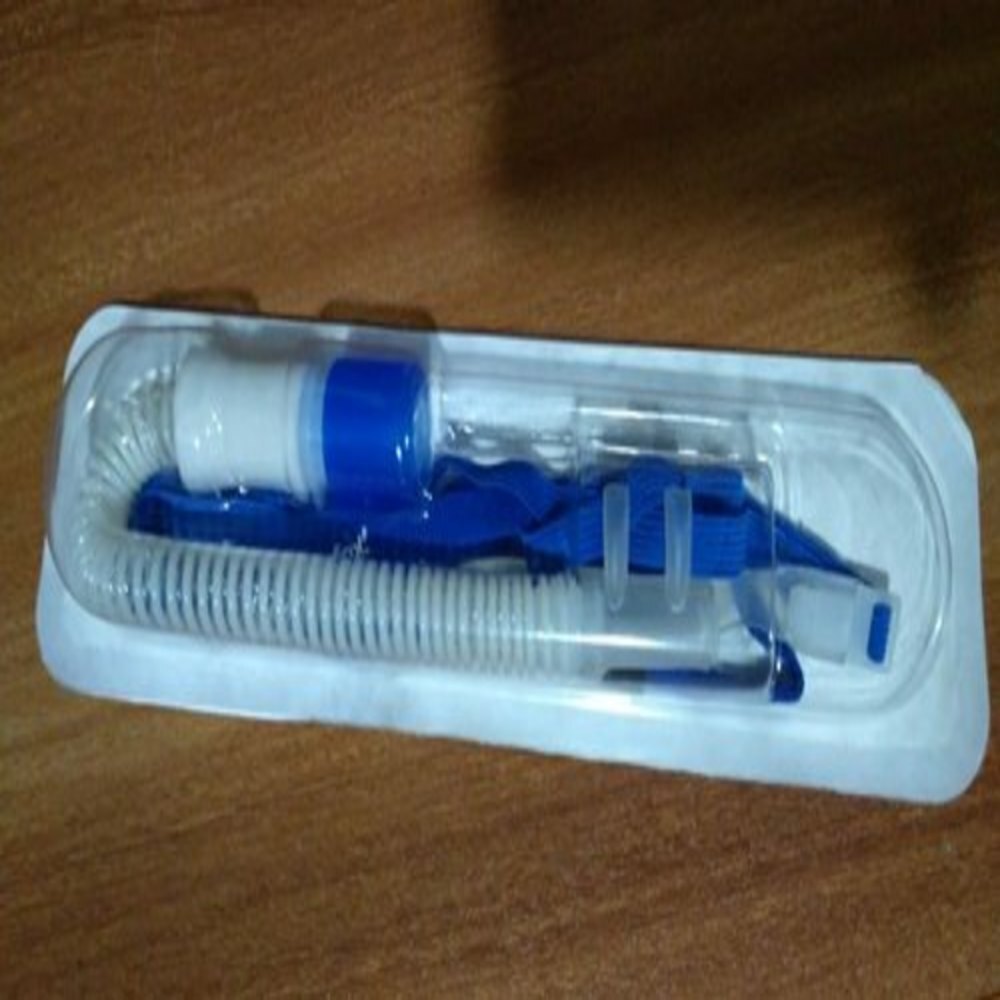
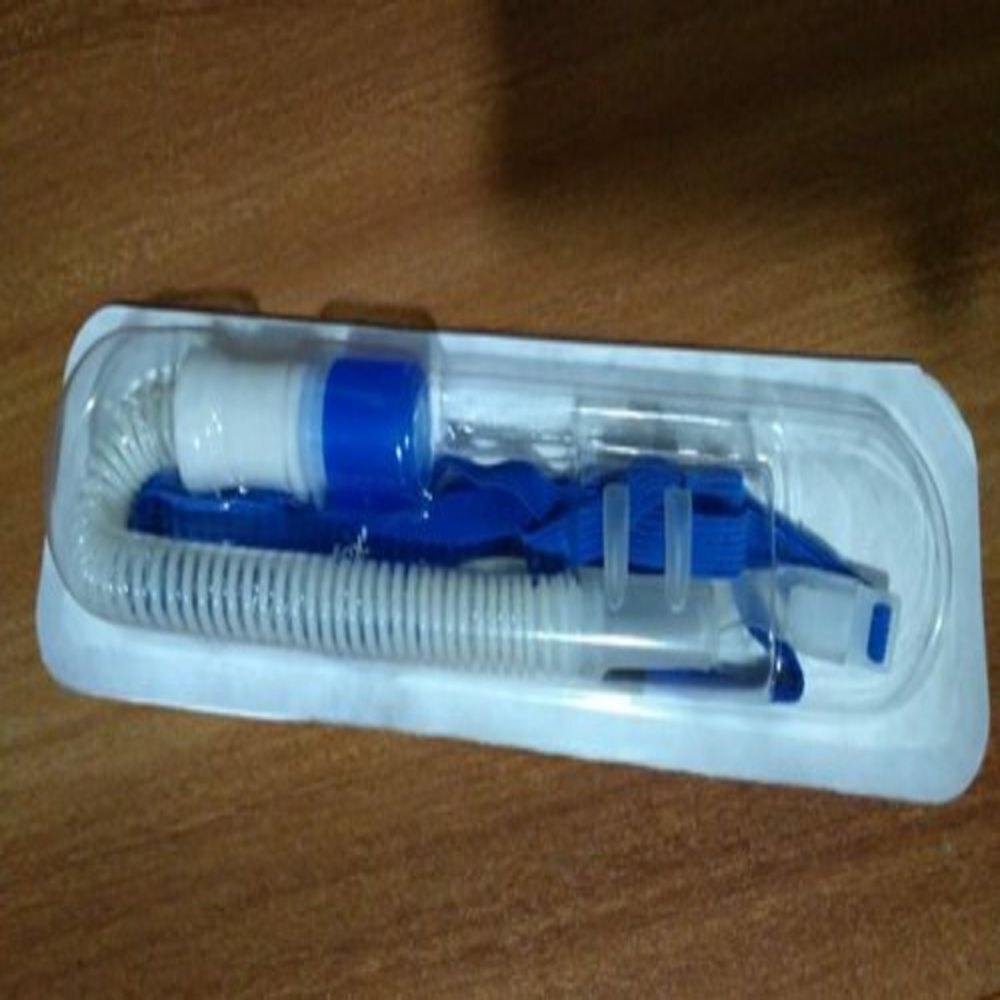
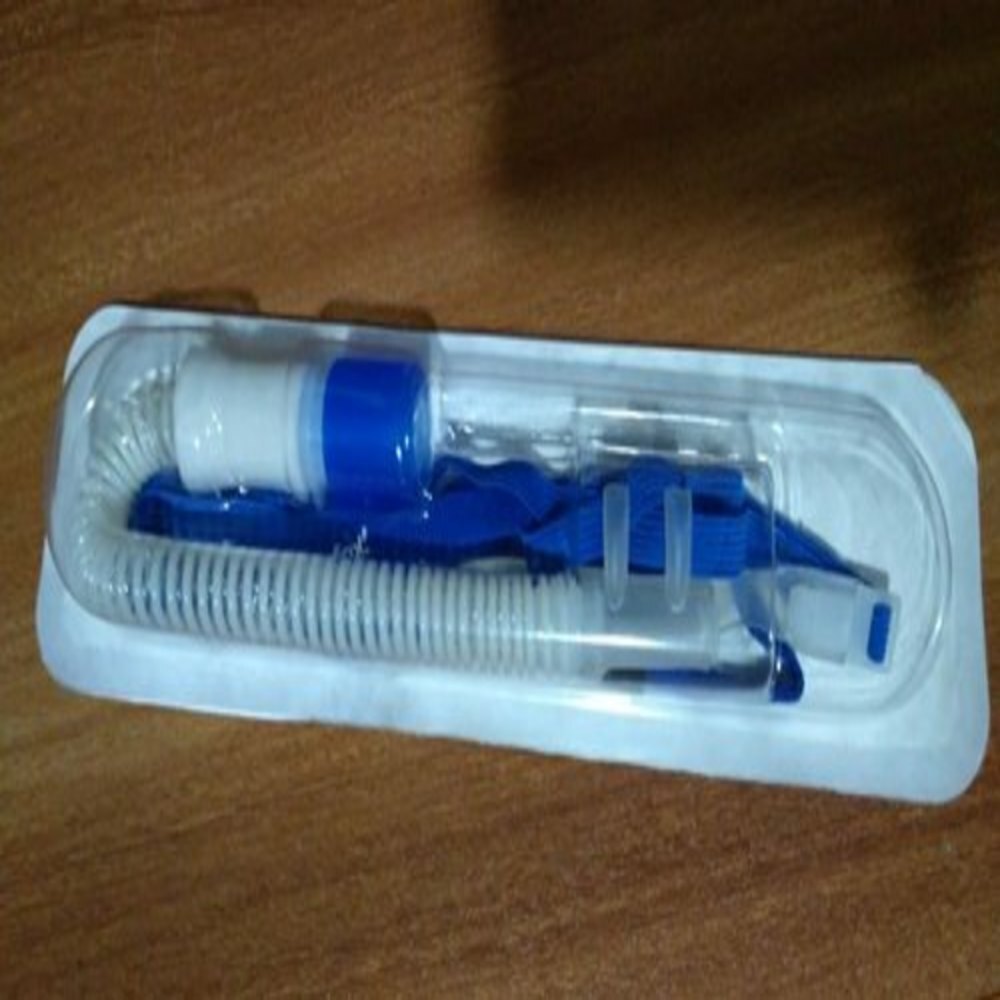

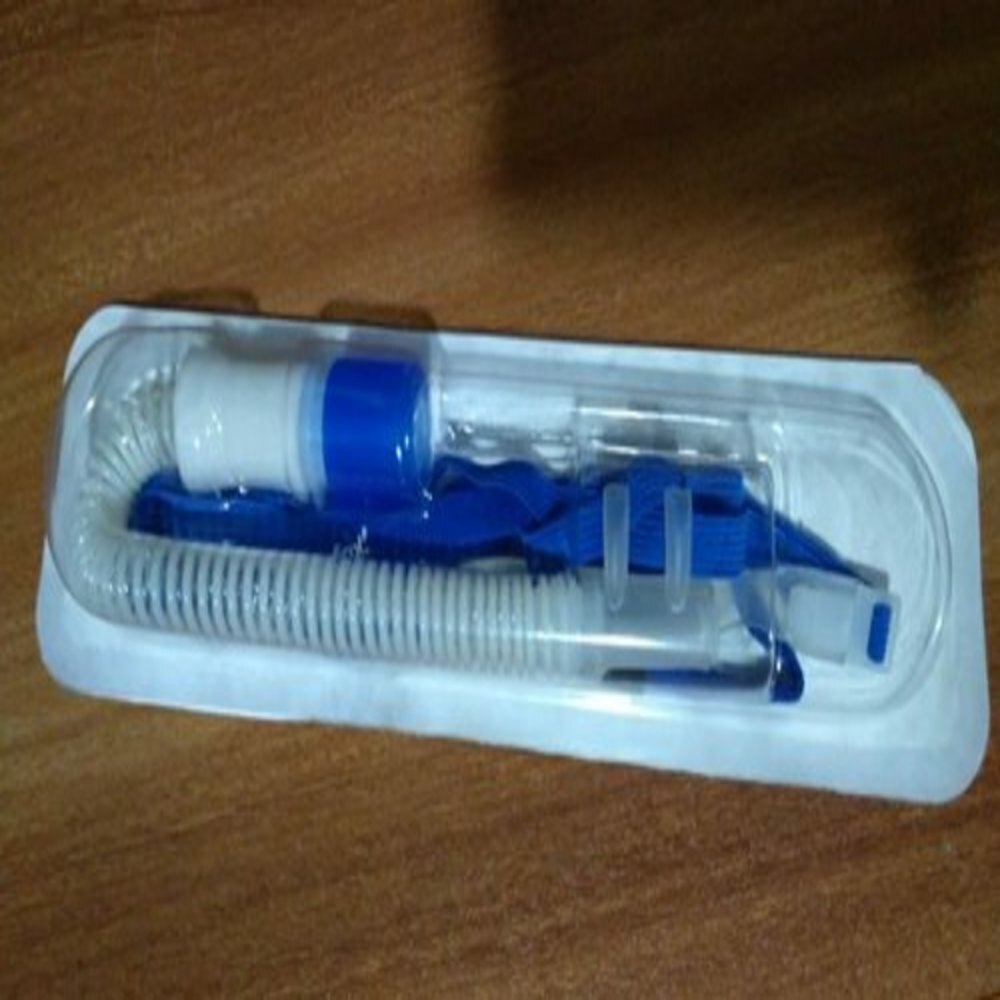

Price:
- 50
- 100
- 200
- 250
- 500
- 1000+


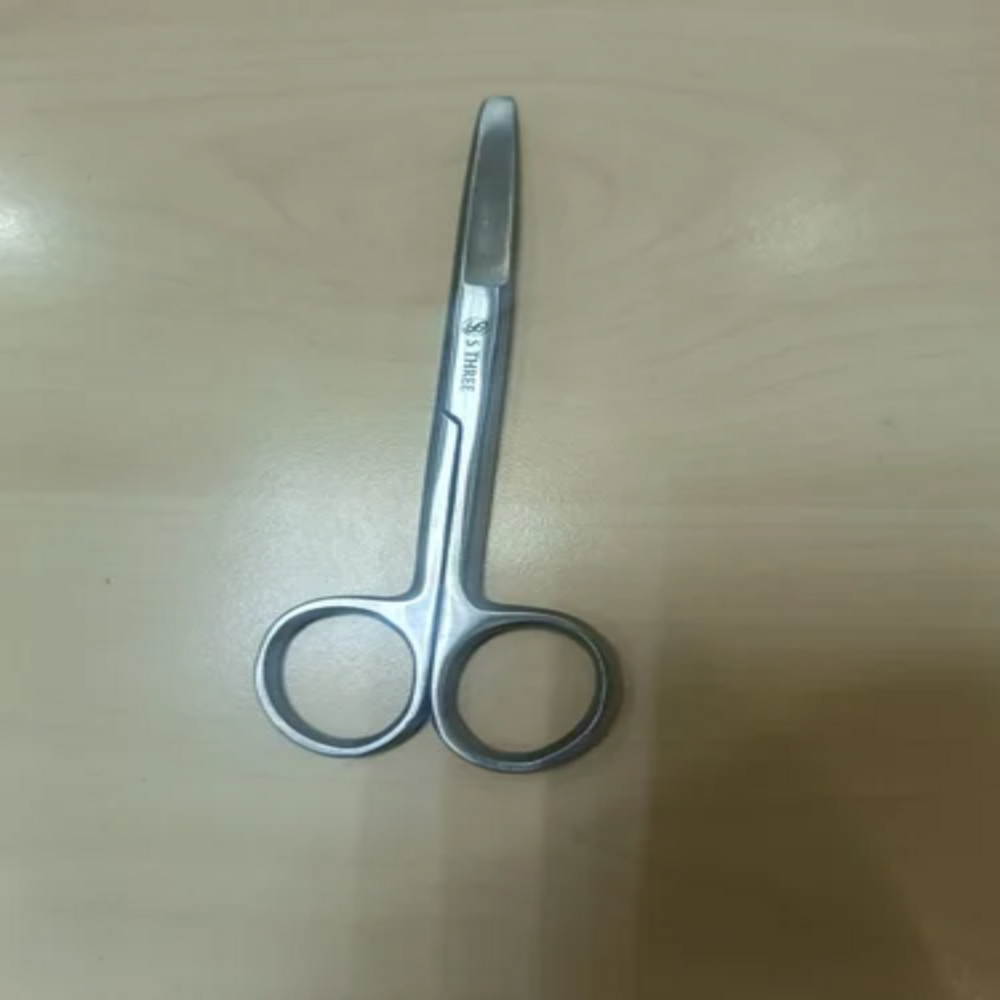
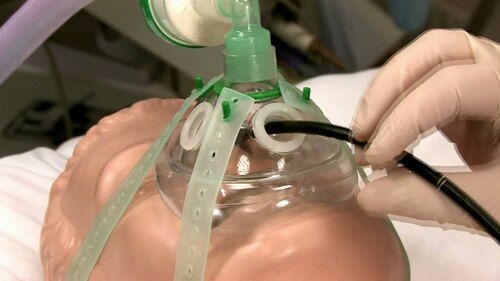


 Send Inquiry
Send Inquiry Send SMS
Send SMS
